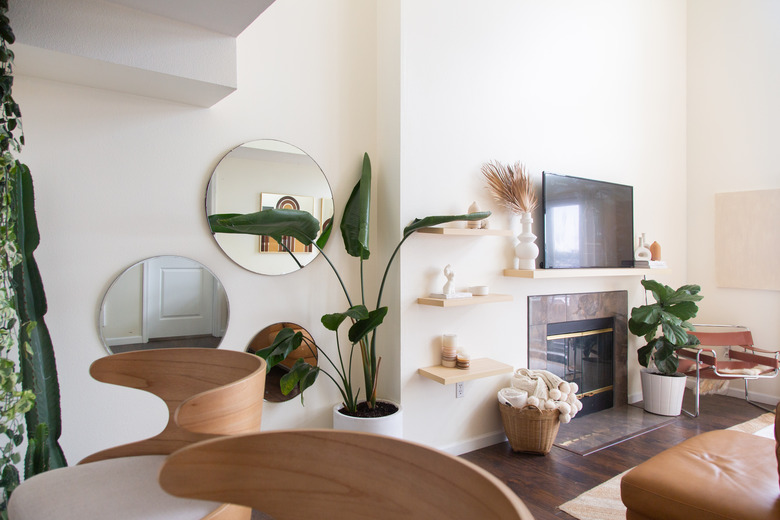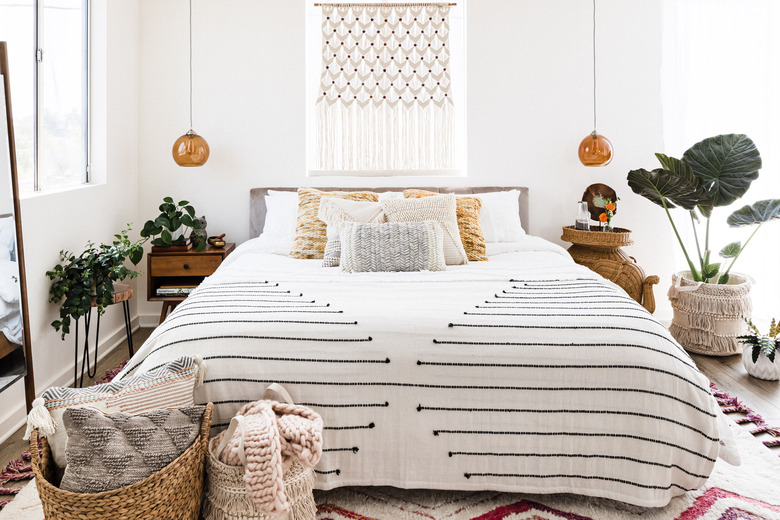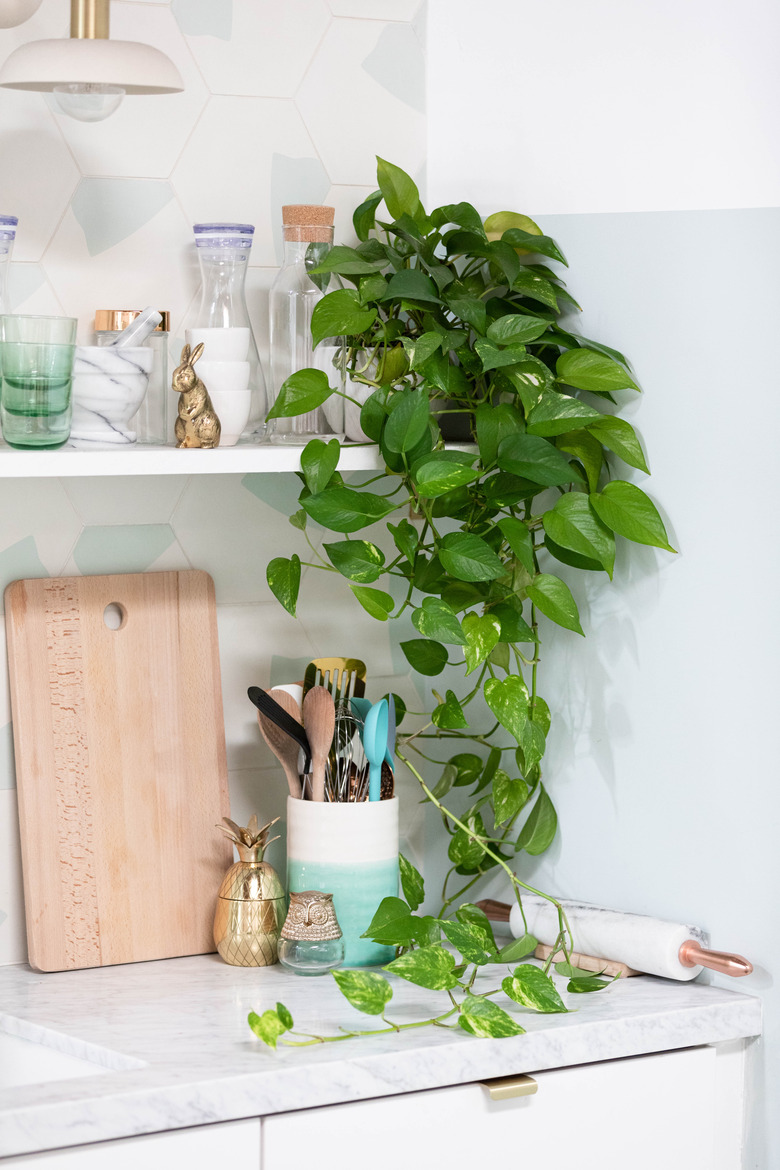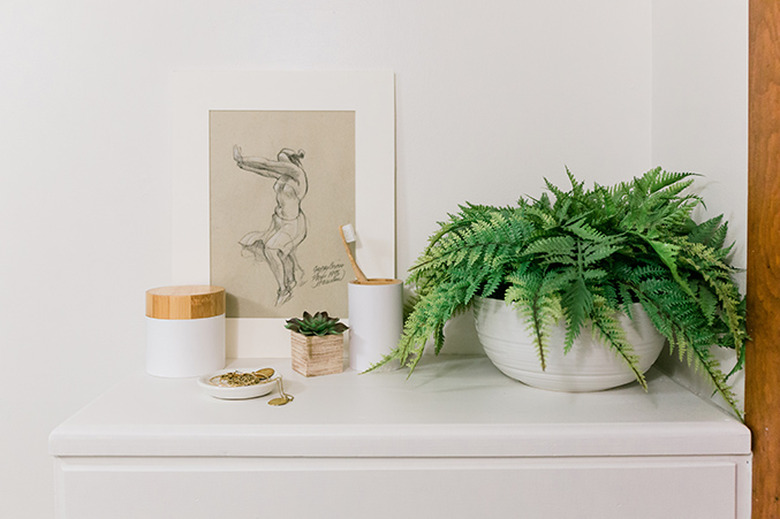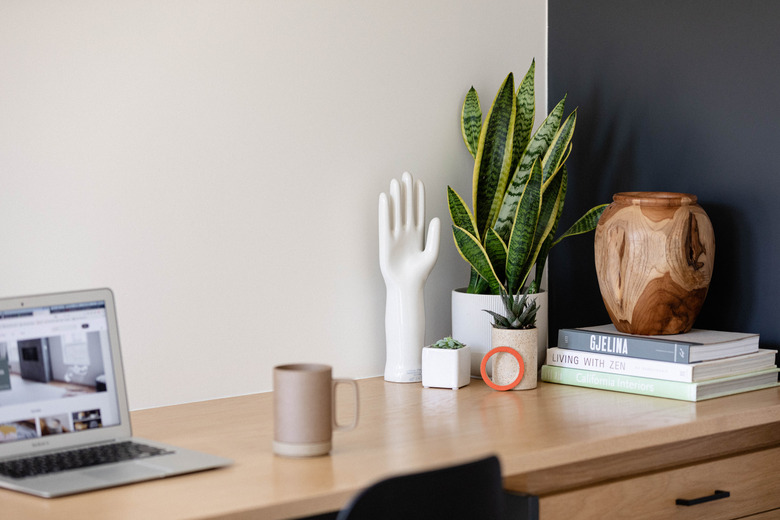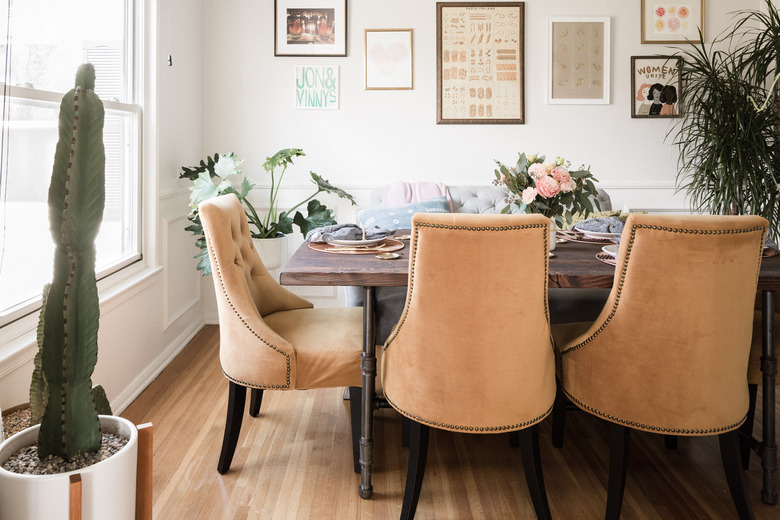Ideal Indoor Plants For Every Room
We may receive a commission on purchases made from links.
Whether you are purchasing potted plants for a new residence or just getting around to botanically outfitting your current place, picking plants and assigning them to different rooms is a challenge. It's partly matching physical plant size (and don't forget those planters!) with available space, partly personal aesthetics.
But an even bigger consideration is finding plants that work well with the conditions your rooms offer. It can be challenging to find and select houseplants that thrive in the fluctuating temperatures of the kitchen, the low-light home office, or the humid bathroom — but such plants exist, and we are here to help you find them.
Best Plants for Bedrooms
Best Plants for Bedrooms
You may love vivid colors and trendy designs in other rooms of the house but most of us want a bedroom to provide a peaceful haven in which to rest, recharge, and move toward the serene. Plants are the most serene living things on the planet, quietly leafing out to produce their own energy, taking in carbon dioxide, and exuding the oxygen humans need to survive.
Whether your bedroom gets plenty of natural light or is more of a low-light room, there are houseplants that will grow there happily and freshen the air for sounder sleep. Some make rooms smell good; others just make you feel better. Match your choices to your room size, the amount of sunlight the room admits, and your own personal style.
For a romantic bedroom, opt for flowering plants with real fragrance like easy-care lavender (Lavendula spp.), with flowers so unique a shade of purple that they got a color named after them. The sultry blossoms, silvery foliage, and honeyed scent go a long way toward dispersing anxiety and inducing serene sleep.
Gardenias work well indoors too. For the kids' room you might use English ivy (Hedra helix) to help clear airborne mold. Yes, this is the same ivy you see covering walls, but indoors the vines can be trained around a trellis or hoop to become a personal work of art. (If your kids are going off to college, pick plants they can't kill.)
For more ideas, check out our article on the best plants for bedrooms.
Best Plants for Kitchens
Best Plants for Kitchens
Talk about mood swings! Your kitchen can pass from cold to hot and humid to arid faster than you can brew a latte. To populate your kitchen with plants, you'll need species that can tolerate these wild fluctuations without losing a leaf, and we've got some great candidates for you.
As foliage plants go, pothos (Epipremnum aureus) gets top ranking for a kitchen plant. With large, heart-shaped leaves in citrus shades, it cascades from a hanging basket or climbs a trellis, lighting up the room. But the tough side of this plant is reflected in its other common name, devil's ivy. Pothos just ignores a kitchen's heat and humidity, while ridding the air of formaldehyde, carbon monoxide, and benzene.
Or go for Chinese evergreen (Aglaonema commutatum), an ornamental but amazingly durable tropical foliage plant that doesn't mind low light, dry air, air-conditioning, or drought. (For other wonderful ornamental plants to naturally add decor throughout your home, check out these suggestions.)
Best Plants for Bathrooms
Best Plants for Bathrooms
When plants began making their way into our homes, they started in the living room then worked their way to the dining room, office, and bedrooms. The bathroom was the last to be conquered by houseplants, but that leap has been made. Plants that love humidity are the ticket, but pay attention to the light available.
For large, bright-light bathrooms, fiddle-leaf fig trees (Ficus lyrata) are architecturally stunning and contrast well with pale tile surfaces. Their leaves are the size and shape of fiddles and adore humidity and moisture.
For less-bright bathrooms, go with the whimsical spider plant (Chlorophytum comosum). Their leaves look like slender, mounded ribbons of green while the drooping stems produce young "spiderettes" on their tips, complete with root systems. Like the arachnids that share their name, spider plants are happy hanging in any corner, no matter how low the light, and they'll thrive in the warmth and humidity of a bathroom.
Ferns are also a good choice for a bathroom. Want other, low-light plant ideas? You'll find them here.
Best Plants for a Home Office
Best Plants for a Home Office
Setting up a home office has many advantages, and one is the option of personalizing the decor in a way that makes it conducive to work. Whether you are pulling together an office for the first time or revamping a home office you've had a while, plants should be a part of the plan. Plants are known to reduce stress, make you feel good, and add positive energy to a room. Some people claim plants can give you good fortune as well.
If your office is low-light or some-light, pick the durable snake plant (Sansevieria trifasciata), a tough, drought-tolerant succulent with upright blade-shaped leaves. It will even thrive in an office without windows. Or go for the big bucks with the money tree (Pachira aquatica), said to bring its owner luck and prosperity with a feng shui reputation for creating positive energy. It's also just plain attractive with slim green stems you can braid together.
If you'd like plants for different kind of office, you'll find some here.
Best Plants for Living Rooms
Best Plants for Living Rooms
In a horoscope reading, your rising sign represents the face you show the world, the first impression you make. In your home, it's the living room that plays this role, so let your style shine through. Whatever that style, and no matter the size or exposure of the room, there are plants that will enhance it.
Boho-chic style? Try something eccentric like string of pearls succulents (Senecio rowleyanus), long, slender drooping stems with little beads like green peas "strung" along them. Small and cozy? Go for cute coffee table plants or the the compact but delicate Delta maidenhair nest fern (Adiantum raddianum) with tiny, fan-shaped fronds. The nest fern works well as a hanging plant (to free up table space) with a lush but delicate look. (Everyone should stock up on ferns! Just saying.)
Any plant that would work well in the entryway might also shine in the living room. Like the croton plant (Codiaeum variegatum pictum) with its boldly colored leaves in explosions of yellow, orange, pink, and green. Set a croton on a pebble tray on a table or shelf to give it humidity and indirect light.
Of course, during the holidays, you'll want to bring in festive plants, like poinsettias (Euphorbia pulcherrima), to brighten your coffee tables. You might even get a little Norfolk Island pine (Araucaria heterophylla), a houseplant you can decorate like a Christmas tree. (Fun fact: It's not part of the pine family but a tropical plant from the South Pacific.)
Best Plants for Dining Rooms
Best Plants for Dining Rooms
Why not add some houseplants to the dining room? It's everybody's favorite room of the house, where family and friends gather to share food and the news of the day. Houseplants will make this social spot even more welcoming. We've got plant ideas for sunny dining rooms, like parlor palm (Chamaedorea elegans), and shady dining rooms, like the silver vase plant (Aechmea fasciata), a beautiful bromeliad with wide, strappy leaves and stunning flowering bracts that last for months on end.
Another great plant idea for dining rooms is a collection of succulents, those fascinating ornamentals that thrive on neglect. Pot up a few different species together. Most require bright light, well-drained soil, and infrequent watering. Be sure to include the jade plant (Crassula ovata), a reputed feng shui money plant (with leaves the size of coins) that clears away negativity and opens new doors to prosperity. For other plants that clear out bad energy, look here.
Caring for Houseplants
Caring for Houseplants
If you are still worrying about whether you inherited your parents' brown thumbs, we've got a few more tricks up our sleeve to help you out. To find out the ONLY mistakes you can make that will kill a plant — like over- and under-watering, too little sun, too much heat — check out this article.
Once you've got the houseplant basics down, try adding in a genius plant hack to help keep your greenery looking lush and lovely. One great hack is to place an ordinary household sponge at the bottom of a plant you are repotting. It soaks up excess water and releases it as the soil dries. But that's not all the tricks we know. And don't forget to keep up on the newest gizmos that can speed you down the road to plant success.
